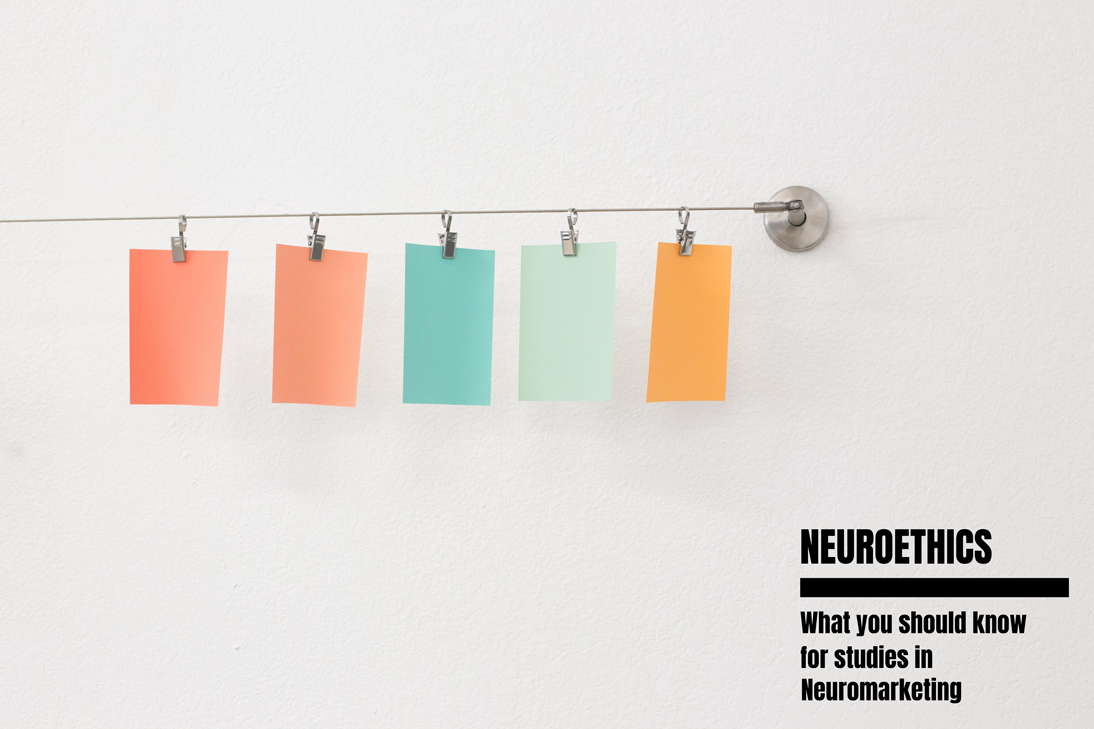
Neuroergonomics is an emerging science that is defined as the study of the human brain in relation to performance at work and in everyday settings. Essentially, it is the application of neuroscience to ergonomics.
A neuroergonomic approach in usability analysis helps evaluating physical and cognitive work, particularly in task and work accomplishment in a software settings.
Gaps in Current Methods
Behavioral Studies can be hard to interpret, Measures may not be specific to one construct, and they may not provide much information on the user's’ state.
- Questionnaires, “pen and paper” tests are discrete and are not good for real-time assessments.
- The “think aloud” protocol is a way to circumvent this, yet it could influence the interaction as users still have two different things to do: interact and report their experience.
- “Focus groups” involves experts and advanced users, who exchange about their findings under the control of the designer.
Resulting measures are prone to be contaminated by ambiguities, social pressure or participants’ memory limitations when answers are not oriented toward experimenters’ expectations if subjects figure out what is at stake.
Although behavioral studies are able to account in real-time for users’ interactions, they can be hard to interpret, measures may not be specific to one construct, and lack definite conclusions regarding:
- Detecting Person Frustration
- Determining the level of Control a Person feels towards an interface
- Evaluating Person’s feeling of Trust/ Distrust in the system
- Determining the level of Cooperation an interface gives to the person
- Predicting the feeling of error or when an error is gonna be committed
- Adapting the interface to the cognitive functions of a person
Benefits of Neuroergonomy
- Real time capturing on physical user interaction helps in reducing operation errors
- Integration of brain and body measurements in investigating workload and fatigue
- Task Performance assessment and increase in user’s vigilance and information retrieval
- Assessment of concurrent physical and cognitive work and minimizing stressful conditions
- Better shaping tasks for accurate completion and faster completion
- Creation of neuroadaptive systems and enhancing Man Machine cooperation
Measures
- Workload : cognitive resources measures related to the quantity of task demands
- Vigilance : a state of sustained attention related to Arousal Levels
- Motivation : an indicator of approach ar avoidance
- Engagement : degree of involvement, focus, concentration
Interpretations
- Fatigue : is a state in which cognitive resources are exhausted
- Error Recognition : the situation that occurs when users detect by themselves an outcome different from what is expected
- Attention : refers to the ability to focus cognitive resources on a particular stimulus
- Intent : intentional decision for task completion
Direct Actors/Users
- UX Designer : Using measures for user affective state related to Motivation, Arousal and Engagement to conclude A/B testing and multi design comparison
- Usability Expert : Testing the interface towards Mental Workload, Error Detection, ease of use, Loss of time
- Quality Control Testers : Doing Unitary tests for task models, Predicted Tasks, Several models suggested by the system for the QC to validate
- User Experience Researcher : Tracking the Experience evolution by analyzing and comparing the historical data for different moments in time across the interface lifetime and changes
Tools and Technologies for Neuroergonomy
- Functional magnetic resonance imaging : fMRI works by detecting blood flow in the brain and that’s associated to a boost in neural activity. In addition, this shows engagement levels, a detailed emotional response and recall. It can be used for boosting your branding efforts and for set pricing. When it comes to pros and cons, this is the most expensive and invasive method, it’s not as detailed or as good as the EEG and you also need to be in a lab in order to perform it.
- Electroencephalography : EEG record electrical signals generated by neurons inside your brain. These show recall and engagement levels, they can be used to improve branding and ads. In regards to pros and cons, this is a more invasive and expensive method when compared to others. It’s not as precise when compared to fMRI, but it can measure incremental changes which is always a clear and accurate measure.
- Eye tracking : gaze is a good option because it helps detect where the subjects are gazing at this time. Pupillometry on the other hand figures out where the pupils are dilated, and it’s mostly about the level of engagement, whereas gazing is about grabbing attention, what’s confusing and recognition speed. But both these methods can be used to improve packaging, ads and website design, they are very affordable, you can use them with bio-metrics and they help in measuring emotions.
- Biometrics : GSR, HR are suitable for measuring respiration, heart rate and skin conductance. It’s a great tool for you to measure engagement levels and you can also see if the response is negative or positive. It’s great for improving ad content and you can use it with eye tracking and other modalities as well.
- Facial coding : As the name suggests, this method is identifying facial expressions and it shows the emotional response of a consumer, if he is fearful, happy or anything similar to that. This is also great for improving ad content and unlike many other options there it’s quite affordable.
These are all some great neuroscience tricks that you can use either individually or in combination to better understand your users or customers. It’s important to understand what each one of them has to offer and based on that you can find the right option to suit your needs. It can pay off big time, so check it out and it will totally be worth it in the end!




